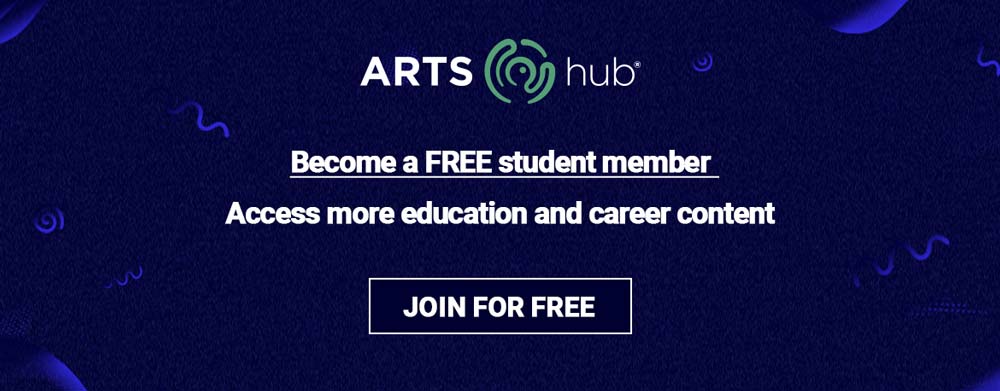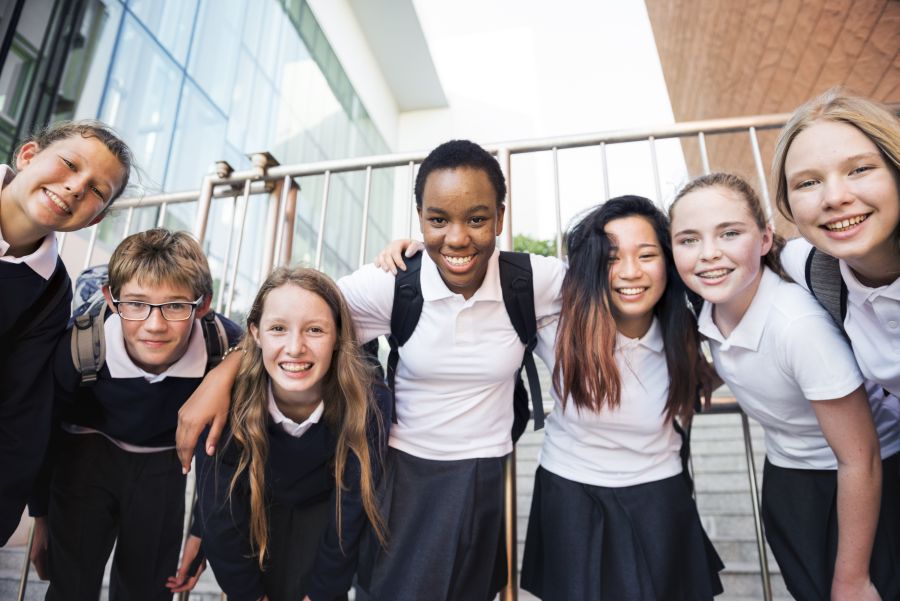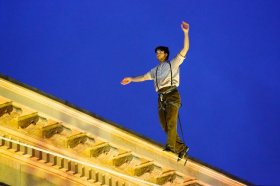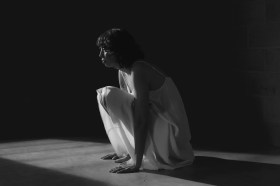Parents, employers and even students may feel their necks stiffen upon hearing the words: “work experience placement time”.
The stereotypical “work experience week” is one where reluctant teenagers tag along with a parent or family friend for days of making coffees and running low-level errands at their offices – right?
Hopefully that trope is a thing of the past. But still, work experience can be a scramble for all parties and can end with mixed results.
But from an arts sector perspective, if we get the formula right, these formative work experiences could be important deal-makers for our industry’s next generation of high-skill arts professionals.
And for students, who wouldn’t jump at the chance to join a theatre company, film set, art gallery or multi-art organisation’s team for a short time to see the inner workings of their daily dealings up close?
Playing to our strengths
Evidently, it seems that we – as the arts organisations and arts employers – have a competitive edge in our capacity to offer dynamic on-the-job experiences to budding young arts talents.
Which sounds like an easy win-win… But, in reality, the pressures that hosting arts organisations feel when managing work experience kids throughout the year can be challenging, and the outcomes can look very different to those on paper.
That said, there is at least one arts organisation that seems to have cracked this holy grail code by offering students high-impact, high-value work experiences that are boosting its core programs without amplifying its operational stresses and strains.
That organisation is Adelaide-based arts, science and innovation museum MOD., which, since opening in 2018, has been offering prospective arts and science university undergraduates, as well as general public visitors, a range of future-focused insights into the ideas that shape our present and future worlds.
Read: Education in brief: make it fairer, make it free
Since 2021, MOD. has also delivered a specially designed work experience program that the organisation says has prevented its resources from running dry and, instead, has seen high-level engagement from its participants and MOD.’s mentor staff.
Here are some of MOD.’s top tips to emulate its success.
Tip 1. Design an annual, date-specific program
MOD.’s Exhibition and Experience Design Manager, Lisa Bailey says that before the museum implemented its specially devised program, one of its main work experience dilemmas was how to say “no” to students the team knew would hugely benefit from a short stint in their team.
‘I’m sure it’s very similar for others in the sector,’ Bailey tells ArtsHub. ‘We always wanted to say “yes” to the ones who we know are really interested, but realistically, we couldn’t host them all.
‘Saying “no” was both an administrative drain and disheartening for staff.’
But Bailey reveals that when MOD. decided to develop its work experience model into a more formalised program with a dedicated annual date range, the pieces of the work placement puzzle started to fall into place.
‘Our program hosts four or five students at a time, and we offer three different week-long placements in June and July every year,’ she tells ArtsHub.
‘Having a program with this dedicated calendar date range alleviates the administrative headaches of trying to fit students in around our ever-changing exhibition program throughout the year.
‘Now that we know exactly when they will be joining us each year, we design the work tasks they will engage with during that time alongside our annual program planning,’ she says.
Tip 2. Make it application-based and merit selected
Another thing that makes MOD.’s program special is that students must apply and be chosen to participate. ‘We open applications at the start of every school year,’ Bailey says. ‘We select students based on their responses to the two questions we ask them in the written application, which are essentially around their motivations for wanting to do work experience with us.’
Read: Want schools to love what you do? 7 things you need to know
MOD.’s selection process also aims for a fair representation of students from different schools, as well as an even gender balance. ‘We also have one week of the program dedicated to regional participants only,’ Bailey adds. ‘This is an online program, which we offer to help those remotely located students overcome the distance barriers.’
Tip 3. Design it around peer-to-peer projects
During its week-long experience – either on-site or online – MOD. includes at least one project where students can step up and take the reins themselves.
To illustrate, Bailey cites a project from one of MOD.’s 2021 programs where students were tasked with planning a MOD. National Science Week initiative. ‘The project was to design a guided walking tour “Science Trail” around Adelaide’s CBD that we could offer visitors during National Science Week,’ Bailey explains.
‘The students had to work together to research the best places the tour could stop at. We encouraged them to think about that from historical angles, as well as from more future-focused ones. Once they had chosen some sites, we arranged for them to interview representatives from some of those places to help them put together the necessary facts and information for the tour’s script,’ she continues.
‘In the end, they came up with a tour map that stopped at a diverse range of places of scientific interest. It was such a high-quality tour plan that we were able to hand it over to our own staff who became the actual tour guides and delivered the tour during Science Week.’
Read: ‘Please do not assume the worst of us’: students on AI
Bailey adds that MOD.’s Science Trail went on to win an Adelaide Fringe Festival Award that year, being named the Festival’s ‘Best Workshop or Event for Fringe, Week 1’.
Tip 4. Build towards meaningful takeaways
Finally, Bailey advises that quality work placements should include some time for students to reflect on what they’ve achieved during their time.
‘We include a creative end task for them to do towards the end of the week,’ Baily says. ‘This may be in the form of a zine, a blog post or maybe some TikTok content,’ she continues.
‘It’s a great way for them to reflect on their experience while also giving them something they can show and share with others.’
Bailey says that, so far, these end-task reflections have proven to be one of the most encouraging elements of the program for MOD. staff. ‘It reveals how much the students have managed to pack in to those few days,’ she says. ‘But even more than that, it shows how much they’ve valued the opportunity to meet and work with students from other schools.
‘Their teamwork is especially gratifying, because we have them sit in on our weekly team meetings and work-in-progress meetings. So to see evidence of a similar collaborative spirit in them – which is something we like to think our program helps to foster – that’s also a huge win,’ she concludes.






